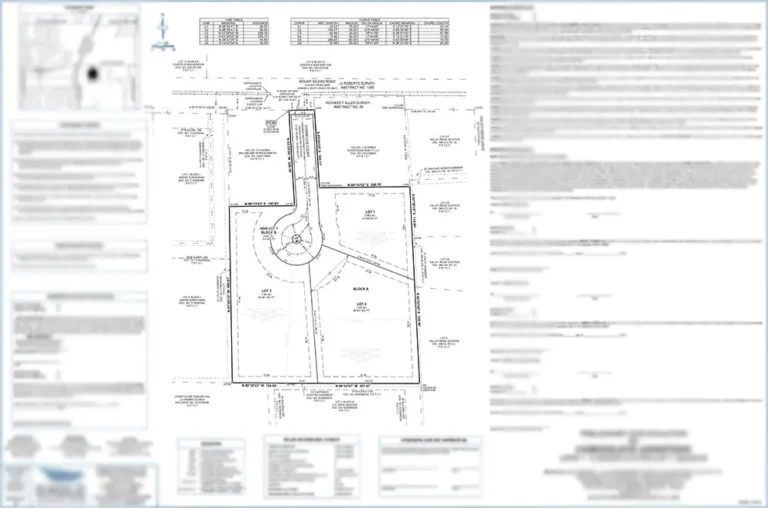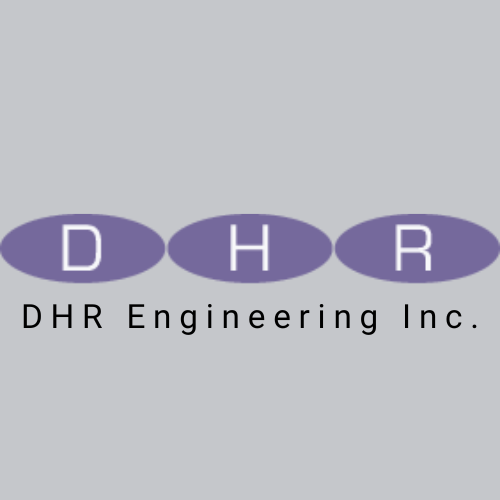
What Is Platting?
Platting Unveiled: From Land Surveys to Urban Expansion
When one investigates land development, whether for commercial purposes, subdivision planning, or even private sale, the idea of platting—and the critical platting survey—emerges as indispensable. Platting blends the science of land assessment with regulatory compliance, ensuring a streamlined approach to land division and development. This article dissects the essence, mechanics, and significance of platting.
Defining Platting
At its core, platting refers to legally identifying a piece of land, such as dividing a single tract into multiple parcels or plots. Re-platting can take numerous lots and rejoin them or revise their shapes. But this isn’t just about slicing and dicing the territory. A Platting Survey comes into play here.
What is a Plat Survey, and Why is it So Important?
A Platting Survey identifies and catalogs all land elements and is crucial for various processes. The survey looks into existing easements, rights of way, and other means of entry, which developers must know. With a Platting Survey, developers can confidently navigate public utilities, maintain grid balances, and respect established boundaries, avoiding costly legal entanglements and ensuring seamless development. It comprehensively evaluates the land’s value, conditions, and compliance with government regulations. This blueprint for the land is crafted through platting, preparing it for sale or further development.
Platting Fundamentals
Unlike common belief, platting isn’t reserved solely for vast subdivisions or random commercial establishments. Even individual landowners intending to develop or sell their property should consider a platting survey. This survey ensures the land aligns with value metrics, zoning rules, and safety standards. For those with land already in possession, re-platting might be pivotal, ensuring that subsequent developments harmonize with existing infrastructures and properties. Platting serves as an instrumental cog in urban planning, orchestrating the symphony of large-scale land development.
The Platting Mechanism
The platting process is systematic, ensuring each step is meticulously planned and executed:
- Deep-Dive Assessment: Thoroughly evaluate soil composition, climate implications, and strategic positioning.
- Foundation Stage: This stage molds property valuation, verifies construction feasibility, and guarantees every plot’s unhindered access to public roads.
- Mapping with Advanced Tools: A detailed land map is etched using state-of-the-art technology.
- Planning Phase: With the map in hand, civil engineers take the reins, integrating necessary infrastructures.
- Regulatory Approval: Once the plans are devised, they undergo a thorough review, awaiting official endorsement.
- Construction Activation: With all approvals secured, the world of construction springs into action.
Why Prioritize Platting?
A city’s expansion can lead to aimless and disorganized development without proper platting. Platting stands as a beacon, ensuring that development land is resource-packed, seamlessly integrates with the city’s overarching blueprint, and emerges as a stronghold for construction activities. It paints a lucid portrait of the land, encompassing everything from boundaries to public utilities and valuations. Platting remains superior, shaping landscapes ready to host power grids, sewage systems, and more and binding together the vibrant tapestry of our urban expanse.
If you require a plat, DHR Engineering is experienced and can help navigate any questions or inquiries!
Call us at (972)717-0100 or email contact@dhr-eng.com

